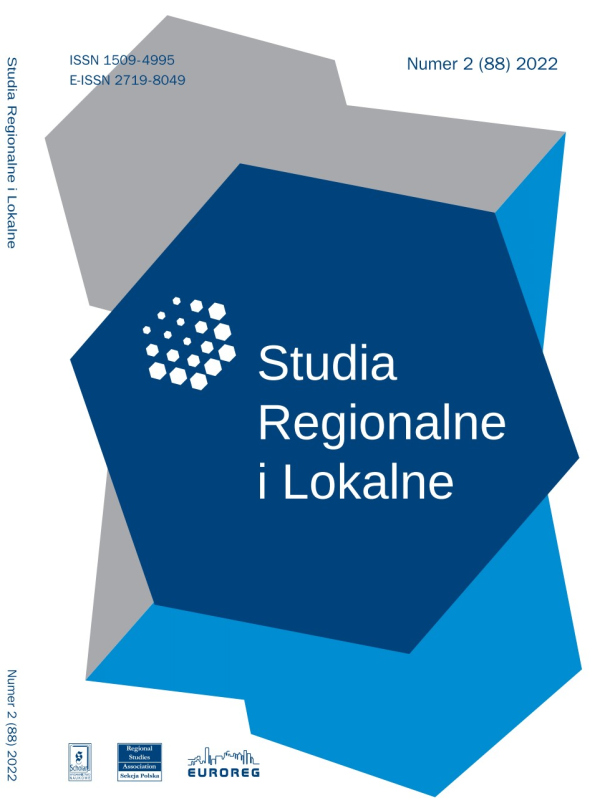Issue:
2(88)/2022
Justyna Orchowska
“You Cannot See the Bus at All”: Life in the Areas of Transport Exclusion
DOI: 10.7366/1509499528807
„W ogóle autobusu nie widać”. Życie na obszarach wykluczenia transportowego
Kwestia wykluczenia transportowego w Polsce jest coraz częściej podnoszona przez polityków, publicystów i organizacje pozarządowe. Problem nasilił się w okresie pandemii COVID-19 wobec zmniejszenia liczby tras i częstotliwości kursowania autobusów i kolei. Krajowy dorobek naukowy dotyczący wykluczenia transportowego jest niewystarczający. Niniejszy artykuł jest próbą poszerzenia wiedzy w tym zakresie. Celem jest ukazanie różnych aspektów wykluczenia transportowego z perspektywy mieszkańców. Uwzględniono trzy płaszczyzny tego zjawiska: ograniczony dostęp do publicznych środków transportu, ograniczenia przestrzenno-czasowe oraz trudności w uczestnictwie w ważnych instytucjach społecznych. Artykuł opiera się na studiach przypadku trzech miejscowości w województwie mazowieckim: Ostrowi Mazowieckiej, Żuromina i Tczowa. Badanie realizowano w 2021 r. za pomocą wywiadów pogłębionych oraz analizy danych zastanych. Na podstawie opinii i spostrzeżeń mieszkańców powyższych miejscowości przedstawiono społeczne konsekwencje ograniczonego dostępu do połączeń autobusowych i kolejowych.
“You Cannot See the Bus at All”: Life in the Areas of Transport Exclusion
The issue of transport-related exclusion in Poland is increasingly being raised in the public debate. This problem intensified during the COVID-19 pandemic due to the reduction in the number of routes and the frequency of buses and trains. However, in Poland, the scientific literature on this subject is still insufficient. This article attempts to broaden our knowledge on this topic. The main objective of the paper is to show, from the perspective of the residents, various aspects of transport-related exclusion. Three dimensions of this phenomenon are considered: limited access to public transport, spatial and temporal limitations, and the inability to participate in important social institutions. The article is based on three case studies in the Masovian Voivodeship, namely from Ostrów Mazowiecka, Żuromin, and Tczów. The research was carried out in 2021 through the use of two methods: an analysis of secondary resources and individual in-depth interviews. Based on the opinions and observations of the residents of the above-mentioned towns, this article presents the social consequences of limited access to bus and train connections.
Affiliation:
Justyna Orchowska: Uniwersytet Warszawski, Centrum Europejskich Studiów Regionalnych i Lokalnych (EUROREG), ul. Krakowskie Przedmieście 30, 00-927 Warszawa; ORCID: 0000-0001-8207-8490;
jkoscinska@uw.edu.pl 


